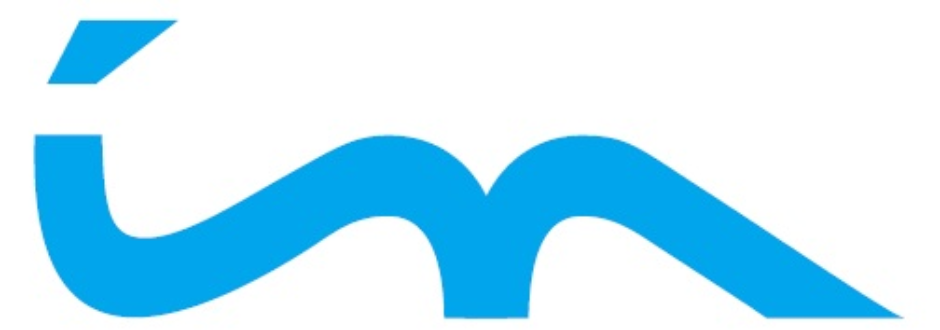Áhrif tvítyngis málhafa af erlendum uppruna á þróun íslenska táknmálsins
Generally, ~95% Deaf and Hard of Hearing (DHH) children are born into hearing families and non-signing households which has been argued to result in a very particular acquisitional path. In Iceland, 25% of DHH children have hearing parents, but unlike most DHH children in the world, they also grow up with a sign language—Icelandic Sign Language (ÍTM). Many of these children also learn Icelandic, both through auditory augmentation, parental input, and schooling. That is, these children are growing up bimodal bilingually. The other 75% of the DHH children, all born in Iceland, are growing up in a very different scenario: they are the children of the non-native ÍTM users. That is, their home language is some other sign language (SL). However, by the AlthingAct 16.03 (2008), these children learn ÍTM in kindergarten/school as well. This configuration makes the 75% of the Icelandic DHH children (age 1-9 y.o.) functionally unimodal bilingual. In addition, these children also learn Icelandic through auditory augmentation and/or schooling.
Here, we report on the progress of the project, initiated in 2018 under the Center for the Deaf and Hard of Hearing with various other stakeholders, which aims to monitor DHH children’s development of ÍTM. Five tasks were administered: a narrative; a story-retell, a picture-naming task, a wh-task and elicitation about a set of topics. Additionally, given the sparsity of the bimodal and unimodal bilingual language acquisition, the project aims to contribute to the general knowledge base.
Initial results indicate that the DHH children (as a group) perform similarly to adult users of ÍTM on the wh-task: e.g., they allow multiple types of wh-questions in various positions. In this, the children also perform similarly to other bimodal bilingual children (Lillo-Martin et al. 2016): with increase in age and, especially, introduction of schooling, there appears to be tendency for a wh-initial placement—the placement consistent with and reinforced by Icelandic as well. However, unimodal bilingual children appear isolated as a group (p>.63). The preliminary results of the elicited production task indicate that DHH children in general use variable word orders consistent with ÍTM; however, unimodal bilingual children produce patterns that are illicit in both ÍTM and Icelandic (but grammatical in their other sign language).
The results of the picture-naming task further indicate that the DHH children make errors consistent with what has been reported for other populations (such as handshape) but also new errors (such as perspective-taking/mirror-rotation). Additionally, participants in the unimodal bilingual group produce lexical items from their other sign language, though this does not affect the rates of errors.
The data continue to be analyzed. However, at this stage, a few conclusions can be drawn. Icelandic DHH children need to be assessed often, with a clear baseline. To date, as expected from years of spoken language research (and especially research on Heritage Language acquisition), unimodal bilingual children reveal a grammar that is a combination of both ÍTM and another sign language–i.e. we observe cross-linguistic interaction. This set of findings has implications for the children’s learning of Icelandic as well as for the future of ÍTM, given that the new generation of the ÍTM users is multilingual. Other issues are discussed.
